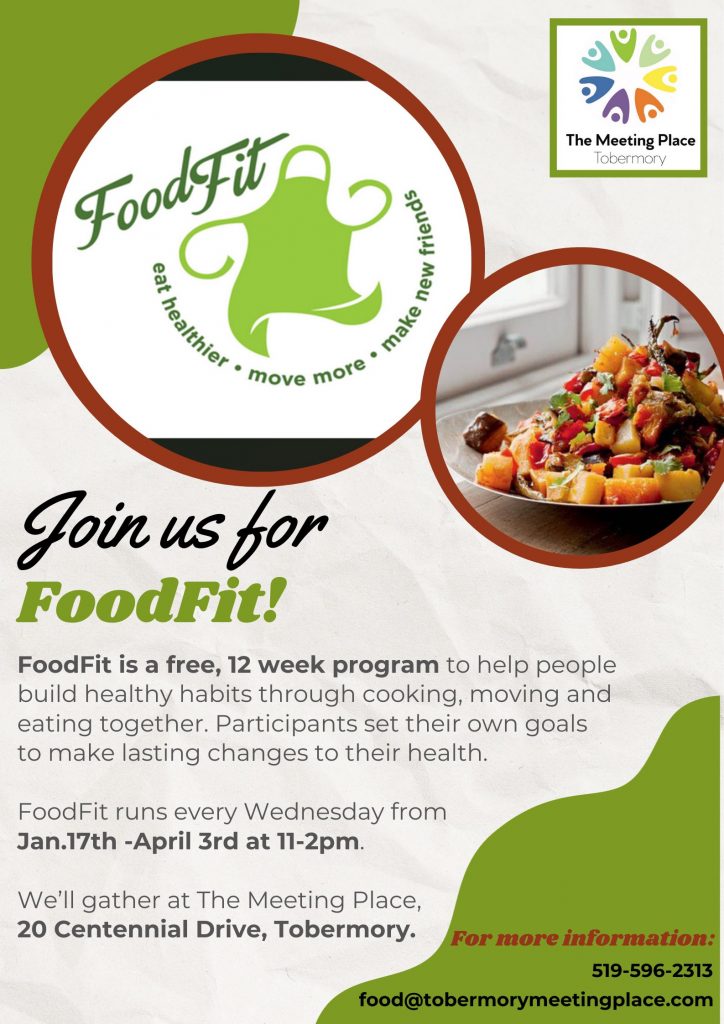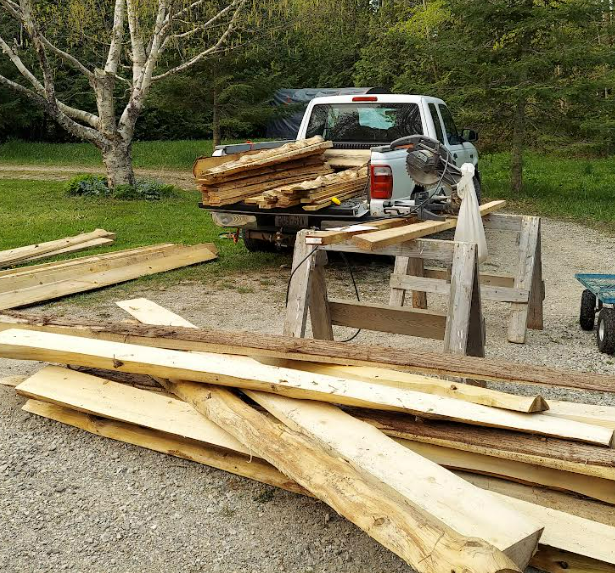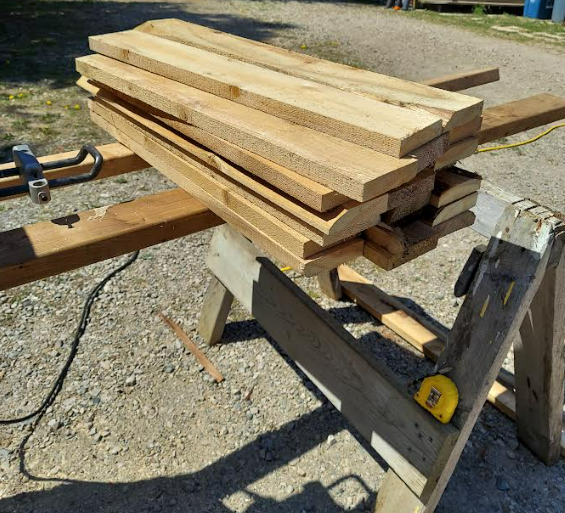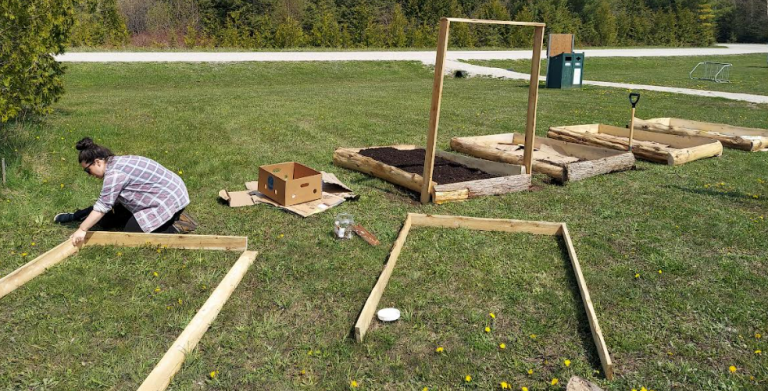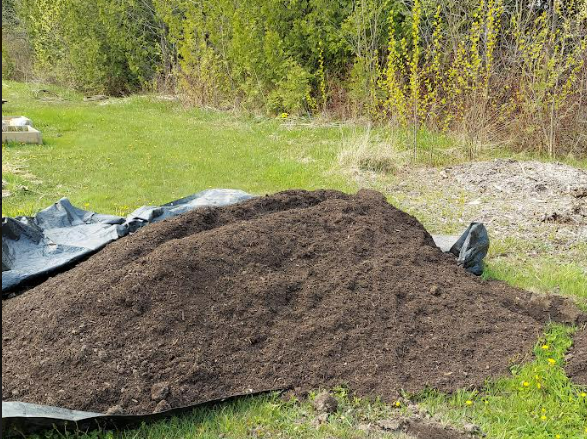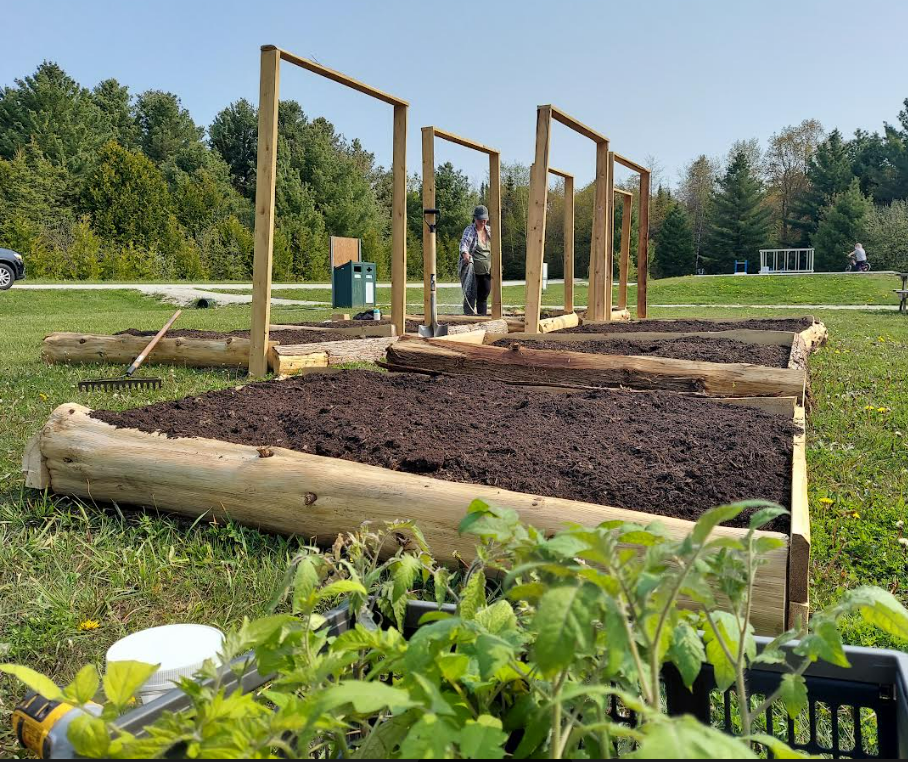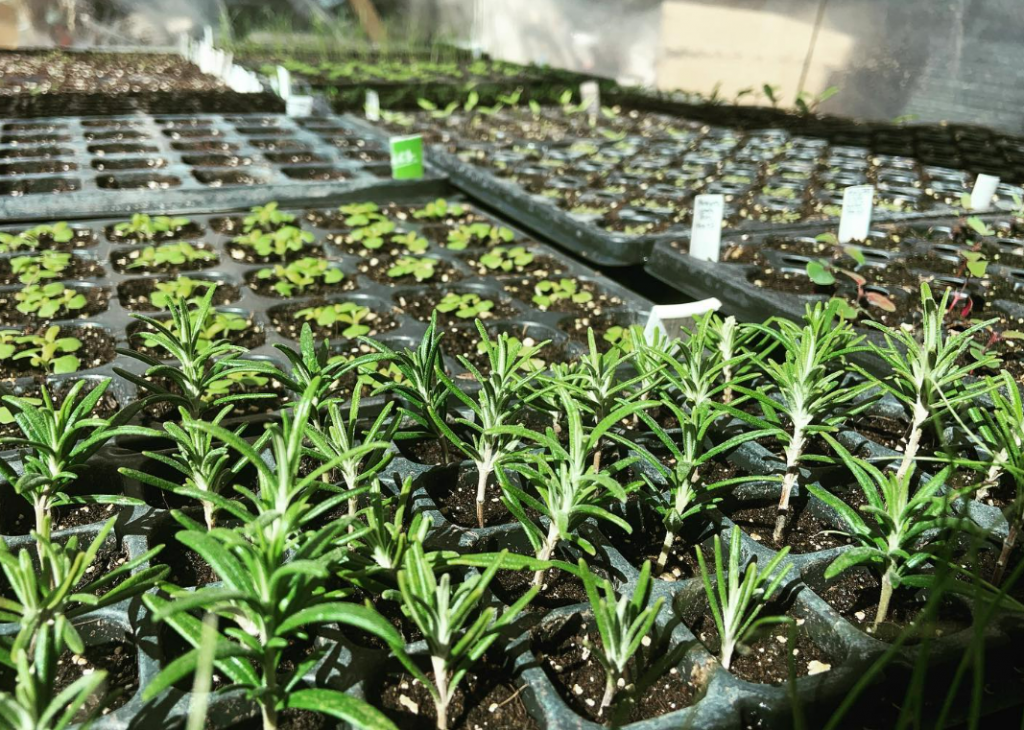Building new Gardens!
Long-term Landlord Housing Initiative Update and Charter
The Meeting Place is happy to announce we have selected an Advisory Group for the Long-term Landlord Housing Initiative. Tanis Henderson, Mike Brown, Dominik Franken, and Karen Phillips will be joining Noreen Steinacher and project manager Karla Trudgen to plan and execute the initiative. We have moved into the Project Definition and Planning stage and plan to open applications to landlords for funding in August 2022. Please reach out to housing@tobermorymeetingplace.com with any inquiries.
SPARK Housing Initiative: New Funding for Project to Address Housing Stock
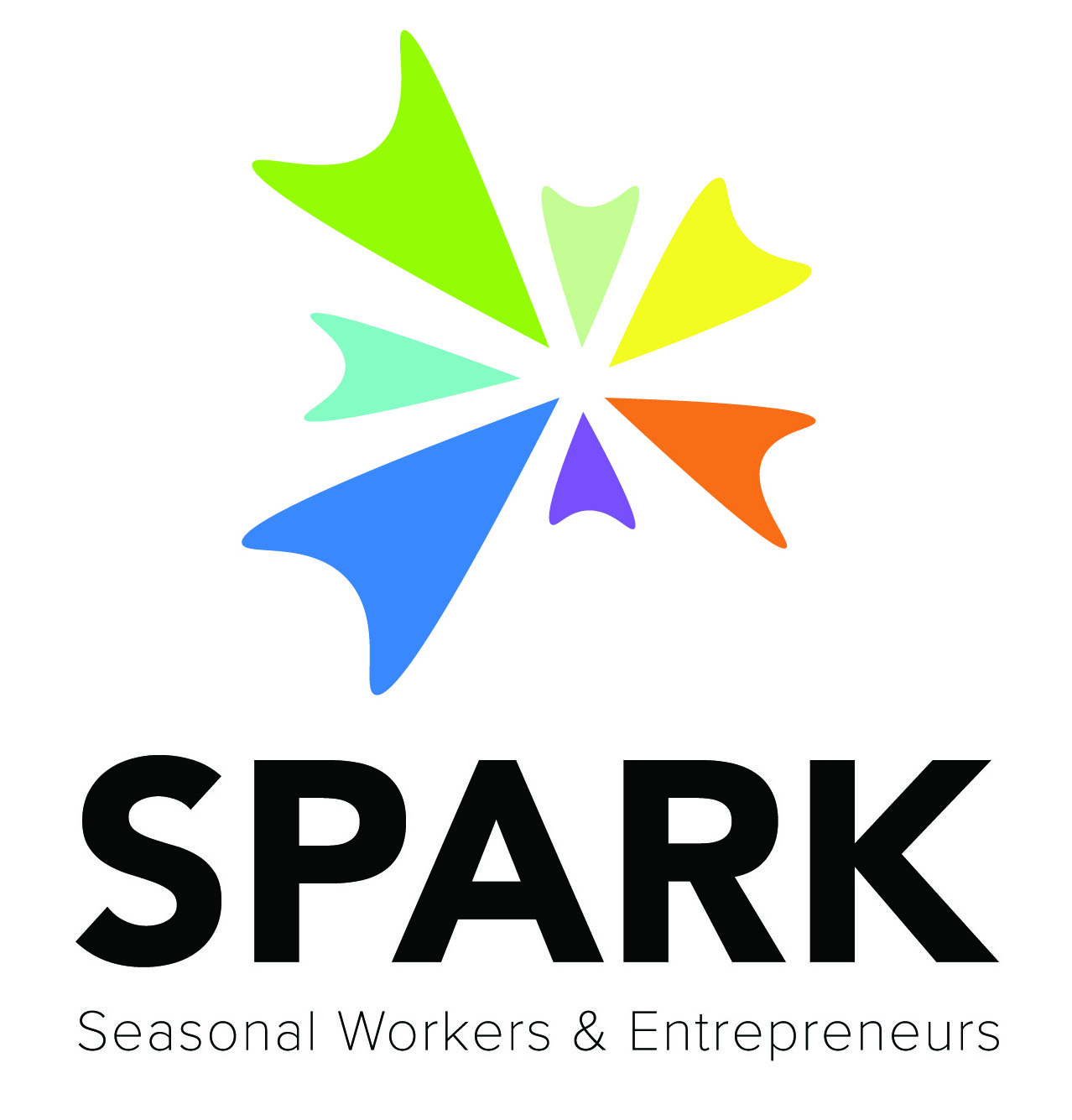
In early March The Meeting Place in Tobermory received confirmation from Bruce County that it will receive $110,000.00 in funding for the Long-term Landlord Housing Initiative, a project that emerged out of the Seasonal Workers & Entrepreneurs Spark Ideas (SPARK) working groups that met over the winter of 2019/2020.
A two-phase investigation was conducted in 2021 resulting in two reports which clearly articulated next steps and underpinned the present application to Bruce County. The current funding will take the project into pilot phase. The pilot phase will include the Landlord SPARK Funding Continued from page 1 development of criteria and mechanisms to provide grants for long-term landlord applicants seeing to upgrade or retrofit properties for conversion to the long-term rental market. The pilot will also look at key components of the landlord-tenant relationship and supports that might be developed to foster long-term satisfaction for both parties. A small community advisory group will work with a representative of The Meeting Place Board and a part-time project manager. A further aspect of the new phase of work will be a community information campaign which will begin to roll out within the next month.
Feel free to reach out to info@tobermorymeetingplace.com with any questions or comments, and stay tuned as we roll out this exciting new project.
SPARK Housing Initiative – Phase Two: Problems with Solutions

The Spark Housing Initiative of The Meeting Place Tobermory has undertaken further investigation into the potential for increasing long-term rental housing in the community. This second phase of the housing project explores possible incentives that might motivate landlords to enter the long-term rental market. With a deeper understanding of the positive influence, The Meeting Place hopes to launch a long-term landlord recruitment campaign.
The key points to emerge that could form the basis of a long-term landlord recruitment campaign included the benefits of a stable and growing population to retain and increase services and infrastructure, as well as a healthy social life. It was also agreed that long-term rentals are beneficial for creating a pathway for new community members to transition into long-term community members.
Read the report here:
Launching Report on the SPARK Housing Initiative – ‘Growing the Long-Term Rental Housing Inventory’
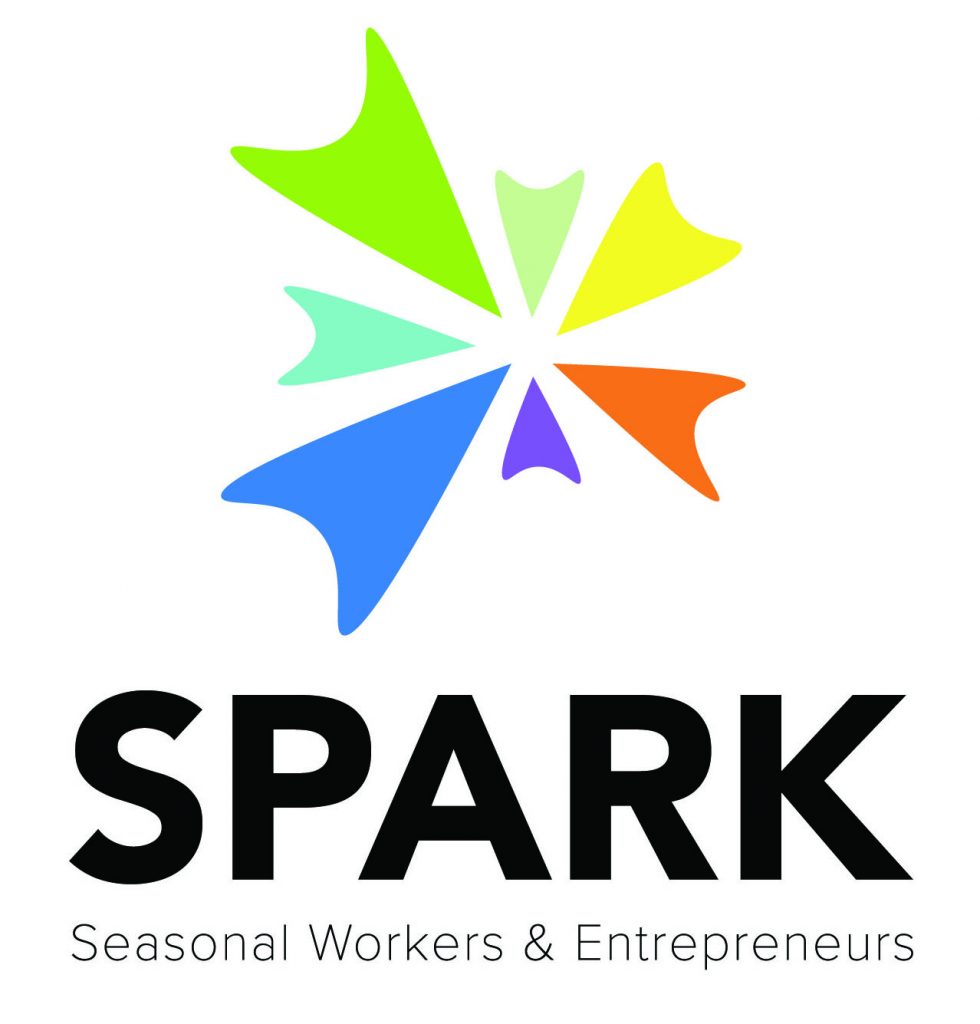
The Meeting Place Tobermory and report author Hazel Smith are pleased to release this new report focusing on long-term rental accommodation in the Northern Bruce. This is an investigative report looking at the many stakeholders in the rental market but most of all the people who need affordable rental housing. The idea of creating more long-term rental accommodation started with the voices of local residents working in the seasonal economy. Ideas percolated over the winter of 2020 from participants in the Spark project. Simply put, could a few of the many STA’s be converted to LTA’s by the owners? The report digs into the issues and identifies the challenges and possible next steps. The report is realistic and thought-provoking and nothing is viewed through rose coloured glasses.
We hope the report provides some small direction and incentive to the important housing agenda emerging in our community. We believe attaining more affordable housing will make the Northern Bruce the best place to live in the County.
New Food App Launched by United Way Grey Bruce
The United Way of Bruce Grey and their associated food programs work tirelessly to address the increased need in our community and provide fresh and healthy food to an ever-growing number of people in need. They could see the demand was rising dramatically during the pandemic and wanted to find a way to better understand and illustrate the escalating issue of food insecurity in Bruce Grey. To bring their food bank and meal programs together, and unlock the power of data, the United Way partnered with local start-up company NPX to build the Food Bruce Grey App – a data collection platform that allows food programs to capture and share their data and to show their impact in the community.
The app allows food banks and meal programs to enter data, download reports, and create dashboards that visualize their impact and food insecurity trends in their communities. Members of the public can also view dashboards that illustrate how food banks and meal programs are used and how the needs are growing.
Local food banks, meal programs, and community gardens have already begun entering data into the app. NPX, Bruce Power, and the Community Foundation Grey Bruce provided funding for food scales to enable each program to weigh produce and more accurately capture the amount of food being collected and distributed. The app will capture data on food that is collected and distributed, and also include information on demographics of community members who are using food banks and meal programs, while tracking volunteer efforts in the region.
To read the original article, visit https://unitedwayofbrucegrey.com/the-united-way-of-bruce-grey-launches-the-food-bruce-grey-app-with-support-from-npx-and-bruce-power/
SPARK Project Newsletter, Issue #6
SPARK – Seasonal Workers & Entrepreneurs Spark Ideas (for our Community)
As we follow the Spark project objectives, all the Tobermory Spark initiatives have been developed to their Prototyping stage. Through the summer, project facilitator Rachel McLay has focused on 2 initiatives to advance the Strategy and Testing phase, which includes community outreach and resource development. Noreen Steinacher, Chair at TMP has taken a 3rd initiative down that same path. The work has been challenging but has deepened our knowledge about each of the Spark ideas and the reality of what it takes to develop sustainable community assets.
The COVID-19 crisis over the summer has slowed some of the work with respect to worker engagement as the tourist season in the Northern Bruce bounced back with many demands and different stresses on the workforce. As we move into the fall, more people are available to become involved again.
There is also some exciting news to share. In September, 2020 the Spark project was accepted to participate in Capacity Canada’s Creative Day for Social Good (CD4SG) program which gives projects within nfp organizations free graphic design and communications help to promote ‘ideas for social good’. The vision is that each of the Spark initiatives with be communicated through a creative design and script on a single page for promotion. A team from Conestoga College will be working with Spark. Any local volunteer involvement with this is welcomed.
Here are some of the Spark initiatives undergoing the Strategy and Testing phase right now. With project facilitator, Rachel McLay working 2 days a week, and others volunteering, here are some of the specifics.
- Affordable Long Term Rental (LTR) Accommodation Inventory and Supports Development. What Spark is doing!
- Key informant interviews with local LTA landlords
- Consultation with the Y in Owen Sound who has experience in developing and managing a housing inventory and is willing to share resources
- Connecting with municipal and County affordable housing strategy plans
- Applying for a grant from Community Foundation Grey Bruce for initiative specific resources
- E-Bike Social Enterprise focusing on affordable leasing of e-bikes for work and recreation. What Spark is doing!
- Development and circulation of a feedback or ‘pitch’ video for wider community consultation & feedback
- Consultation with E-Bike rental organizations and the industry
- Preparation and completion of the federal Investment Readiness Program grant application for funding, with a focus on TMP moving into a social enterprise experience
- ‘Extending the Season’ for more employee security and economic development; a long-standing idea that keeps circling back to the community. What Spark is doing!
- Securing current data and analysis of the labour force in the Northern Bruce to find out about income sources, equity and where change could happen.
This time period in the Spark project has been a strengthening phase where good ideas emerge into plans. We have evaluated what is more feasible to work on now and have succeeded in making some plans ready to go as opportunities arise; that is to be “shovel ready”. We have until March 2021 to complete the funded part of the Spark project. Not all idea development needs to proceed at the same time or pace. We are counting on some of our community members to feel resilient enough to get re-involved this fall and winter. This will be part of a lesson in how rural community works ahead in a time of crisis.
The Spark Lion’s Head NpCoWork Group has been addressing the question, “What’s Needed for Entrepreneurs to Thrive 12 months of the Year on NBP?” Picking up on momentum there is a goal for the remaining project time frame.
There continues to be opportunity for collaboration between Tobermory and Lion’s Head project work but the emphasis going forward is on the development of each initiative through research, strategizing and testing, growing the number of participants affiliated with each initiative. The use of the on-line ‘Slack’ platform will be re-instituted if it suits the work and the people involved.
The Spark project has received great support and practical ideas from the Bruce Grey Poverty Task Force, Tamarack Learning Institute, the Municipality of Northern Bruce, Bruce County, Community Benchmarks Inc. and Capacity Canada. Thanks to everyone involved and to date we have added another 15 community people connecting with Spark for a total of 38 people involved with the project.
Questions, comments or expressions of interest in joining the project can be directed to The Meeting Place Tobermory at 519-596-2313 or info@tobermorymeetingplace.com
Noreen Steinacher MSW RSW
Spark project coordinator at The Meeting Place Tobermory
Re-Opening Plan under Stage 3
Consultation discussion and site visit; participating – Noreen Steinacher & Jace Weir (Board Members), Ryan Deska (MNBP), Chantal Lefebvre (volunteer)
The Meeting Place Tobermory is a registered charity and is described as a ‘community hub’ or community centre providing social supports, food security programs, children and youth programs, fitness, recreation and leisure as well as special projects and community development. The building 20 Centennial Drive, Tobermory is a NBP municipal owned facility.
TMP services and programs constitute about 70% of the use and another 30% of utilization comes from community groups, businesses and special events. All activities are booked through a central booking calendar on TMP website.
Risk principles reviewed: Number of people appropriate for an indoor space, time together, ability to modify program; capacity to monitor and support re-opening.
General Practices to be initiated or maintained:
Log record for anyone, including staff, volunteers with identifying name, contact information, date of entry to building, purpose, indication of self assessment questionnaire completed; cleaning protocol completed. Wearing of masks or face coverings are reqired for public and public staff/volunteer interaction.
Hand sanitizer available at entrance.
Log for general cleaning of building by contractor; located in Utility Room
No informal access to the public by the previous lock box code and key system.
Essential Services during COVID-19 to continue:
- Food Bank has been and continues to operate for the public on Tuesdays, 1-2pm, with 2 volunteers; clients wait inside the front entrance one at a time to receive food order; 2 rooms are designated for the exclusive use of the food bank; volunteers are following Public Health protocols; masks, wiping down high touch surfaces.
Will continue this protocol until further notice - Community Information & Resource Coordination (CIRC) has been and will continue to operate July, August, September with reduced hours. Personal support and information service is accessed via TMP e-mail or phone and one paid Community Coordinator arranges call back or virtual meeting. There is no public/client access to the building.
CIRC office (including photocopier) will be limited to access by designated staff and volunteers only (and cleaners); Jennifer Cuffe, Jennifer Dewey, Jim Mosiuk, Jace Weir, Noreen Steinacher. Desktop will be clear; two baskets will be set up; 1 for delivery of messages, notices, envelopes, mail; 1 for disinfectant wipes. Desk surface, phone, copier, door handles will be wiped down by person using the space and equipment. If single person working in designated space no mask required.
Round work table in Lounge closest to CIRC office may be used from time to time by one of same designated staff & volunteers and will be wiped down after use.
Lounge may be used by designated volunteers and staff for limited use only with touch surfaces such as coffee table wiped down after use; physical distancing maintained.
Will continue this protocol until further notice; - Community Volunteer Income tax program can be accessed by phone call to Jace Weir at 519-596-2057. Drop off and pick up arranged without need for access to the building.
Will continue this protocol until further notice
Regular Program and Service Review on July 30, for re-opening consideration - Community Groups, events, seminars seeking meeting space.
A short survey indicated regular community group users do not plan to resume meetings in person until September, 2020.
Proposal: No community groups or events to be booked at TMP building in August; to be reviewed for September.
Community Coordinator will be asked to keep community calendar clear on TMP website for August and a notice will be posted on the website. - Mini Gym and Rock Exercise & Fitness Room
Modified schedule work out times
One person or 2 from same social bubble in gym room at one time Four maximum in Rock Room; workout space marked on floor Designated volunteer on site during Gym scheduled time periods Participants bring own portable mats, weights etc.
Disinfectant cleaning before and after use of standing equipment
Review and renewal of current Gym Rooster and promotion in later fall
Proposal: In discussion with lead volunteer Chantal L., re-opening will start October 1st with volunteer recruitment and space/equipment organization starting mid September. - Food Security Programs:
Eat Local Grey Bruce has requested TMP be a weekly drop off location for members to pick up ordered food boxes (may include frozen produce) Coordinator will come for a site visit; location for small freezer will be discussed with Food Bank Committee; Eat Local volunteer must be present during public pick up time and use protocol much like that used by the Food Bank.
Proposal: Agreed to partner with Eat Local Grey Bruce if conditions can be meet. Date to be confirmed.
Programs to be reviewed for possible October start-up: - CIRC in-person visits
SOAR after school program (depends on school opening and parent support) Youth Adventures
Sharing Dance Seniors
Mini Gym program (see notes above)
Requests from community for seminars, learning and personal events.
Food Security Programs such as Community Kitchens and Dollars and Sense Club are generally winter programs and use kitchen at the Tobermory Community Centre (dates will need to be booked by October)
Re-Opening Plan to be Reviewed:
September 1, 2020
September 15, 2020
October 1, 2020
October 15, 2020
Will Getting to a New Normal Include a Basic Income Guarantee?
By Noreen Steinacher and Brian McHattie
This our third and final letter (for now) on the concept of a basic income guarantee (BIG), reflecting on whether the idea would improve lives for individuals and families in Northern Bruce Peninsula.
The Community Information and Resource Coordination service (CIRC) at The Meeting Place is a good place to learn about our community. The folks they assist come from every different demographic from families with children to single moms, to single individuals, to grandparents raising grand-children. Interestingly, the largest group are ‘seasonally employed’ by income source. Many come to CIRC for help accessing the mystically complex myriad of government and social programs that might or might not assist local folks, including the new Covid-19-related income programs. One wonders if a BIG would be a different kind of income support, ultimately assisting more people to enjoy the music, fitness and learning programs at The Meeting Place, leaving ‘system navigation’ behind.
Change is hard; even good change is stressful. Today many are longing to get back to ‘normal’; many are also reminding us our ‘normal’ wasn’t all that great. Long before the Pandemic hit and the CERB was established taking millions of people out of short term economic crisis, the federal government and others including the Senate were taking a hard look at the cost of a Canadian Basic Income. Why? Because 8.7% of our population was already living in an economic crisis and many others in precarious and seasonal work are not even included in the official count. This is not good for people, not good for children and its not good for the economy, but its our ‘normal’.
In April 2018, The Parliamentary Budget Office (PBO) released an estimate of what it would cost to make basic income a reality in Canada; net cost $43 billion; this includes savings from welfare and disability benefits it would replace. The BIG would be there for way more people. About 7.5 million Canadians would see some benefit. To put this in perspective, Canadian Governments’ budgets totalling are in the hundreds of billions. The estimate is a simplified snapshot on spending if nothing else changed but with a basic income, plenty would change; especially a decrease in the health care costs associated with living with low income. Eighteen billion in health care costs are the estimated savings tallied by researcher Dr. Evelyn Forget, University of Manitoba. So you can begin to see the argument that change might just be worth it.
Change in thinking starts close to home; let’s increase our awareness of who lives here and who may not be getting a fair livelihood; increase our understanding of equity and our capacity for empathy. A couple of suggestions for this. Watch the HuffPost Canada’s ‘No Strings Attached’ project following 3 families on the Ontario Basic Income pilot and the aftermath of its cancellation. https://projects.huffingtonpost.ca/no-strings-attached/
Do some reading on economics if that’s your interest and see how the Modern Economic Theory provides solid economic arguments as a foundation for programs like BIG. Take a look at the readable book, “The Deficit Myth” by Stephanie Kelton.
Talk to your friends and neighbours about how much you value living here with its wonderful mix of people. Especially connect with the women who work in our community in the 5 C’s; caring, clerical, catering, cashiering and cleaning. These are some of the people hardest hit during the COVID crisis and we are wondering about whether the ‘recovery’ is going to be any better for them. Make a call to Municipal, Provincial and Federal representatives and let them know you are concerned about long-term economic recovery for yourself and others. Thinking local might just mean your support for a ‘new normal’ is ignited.

